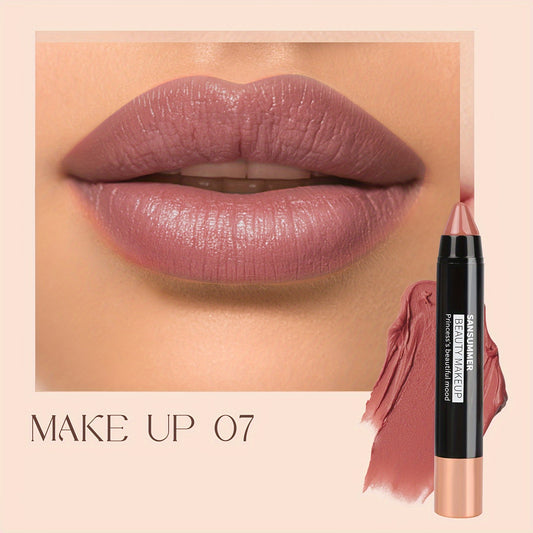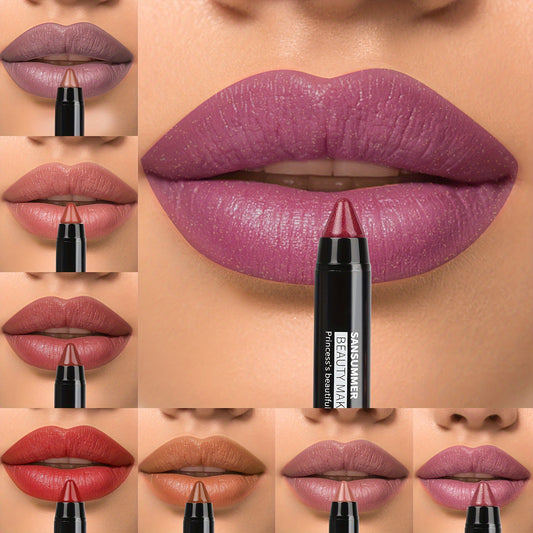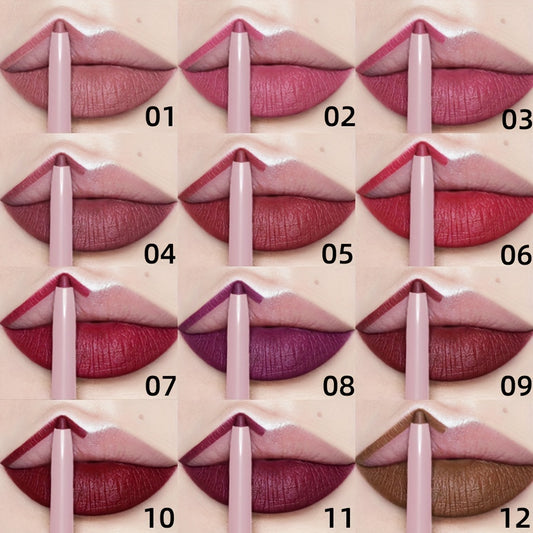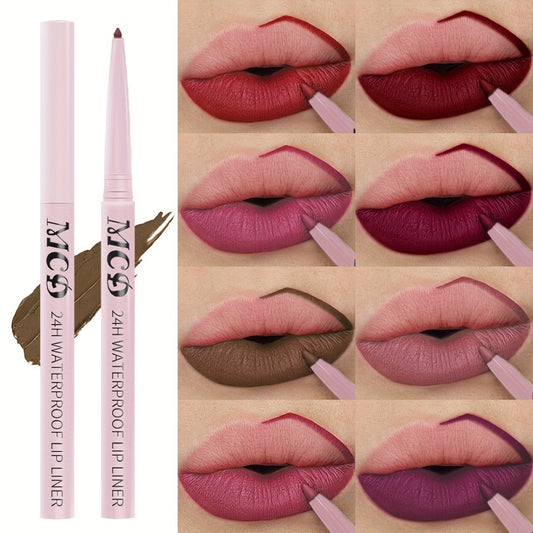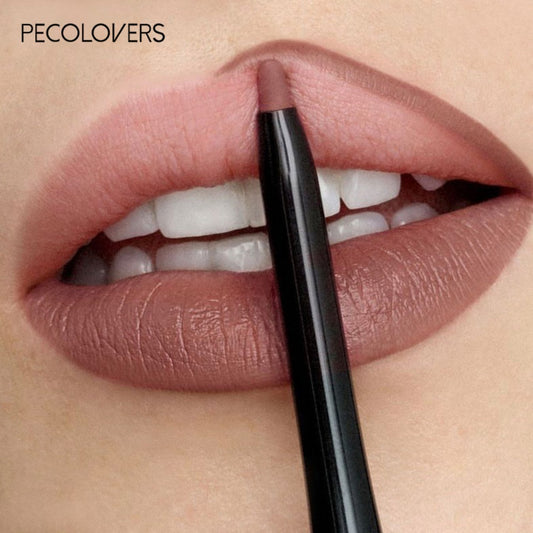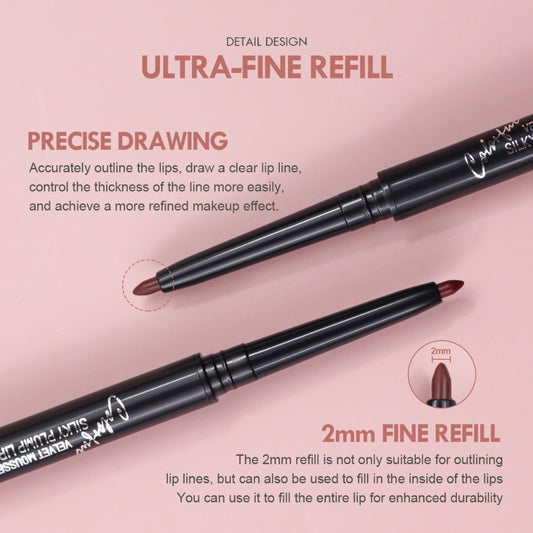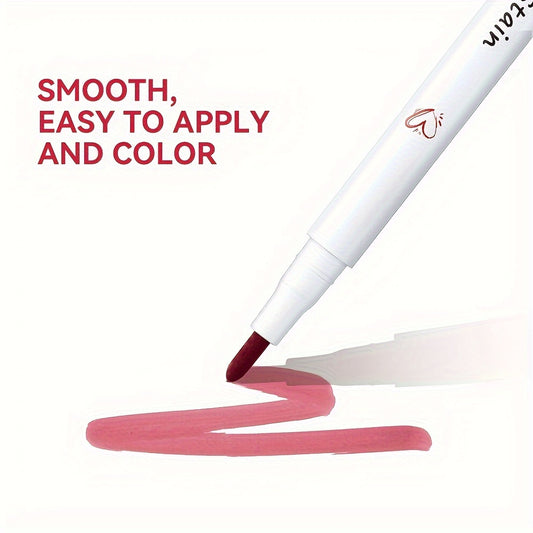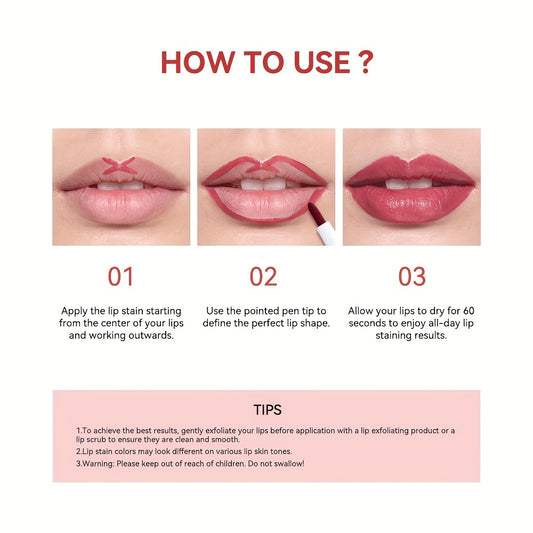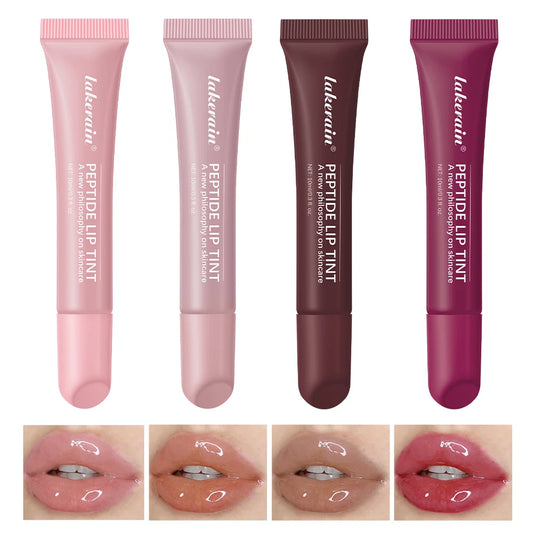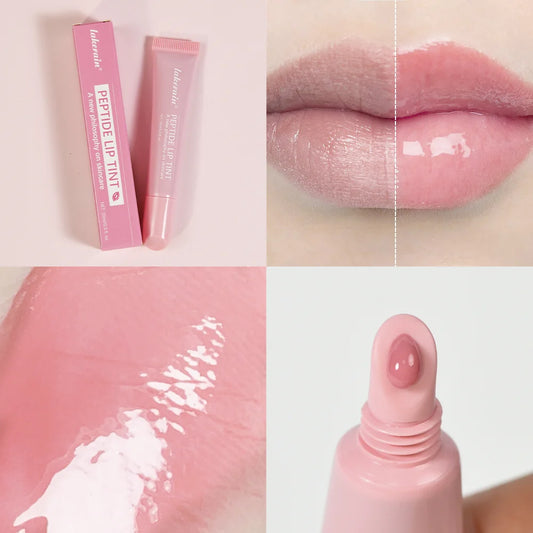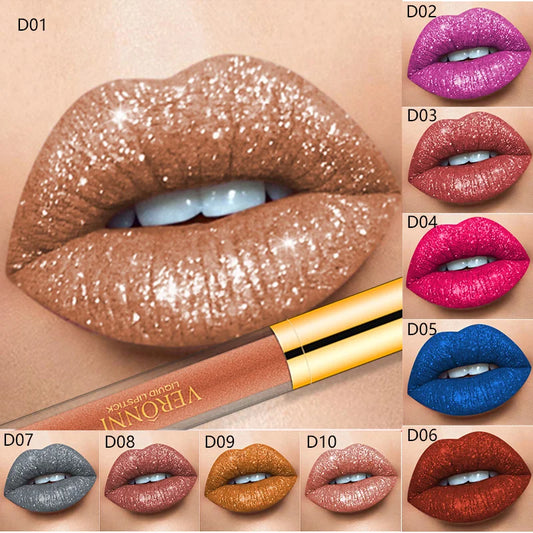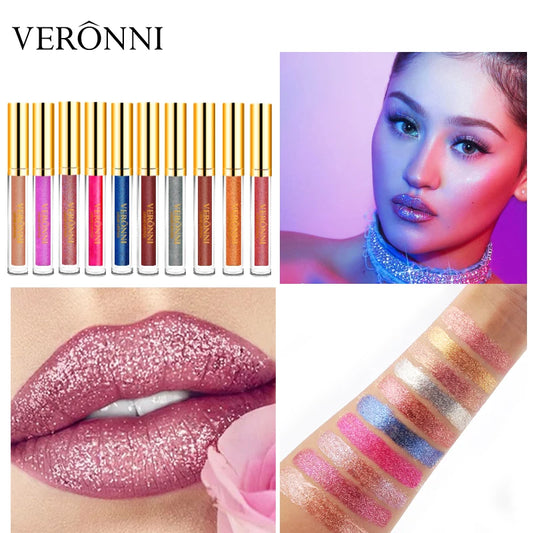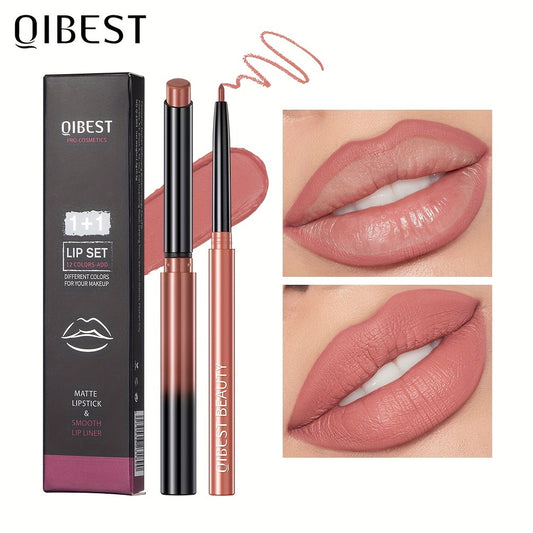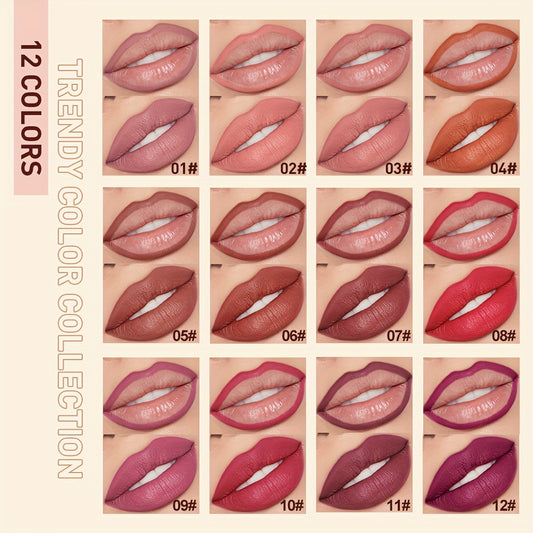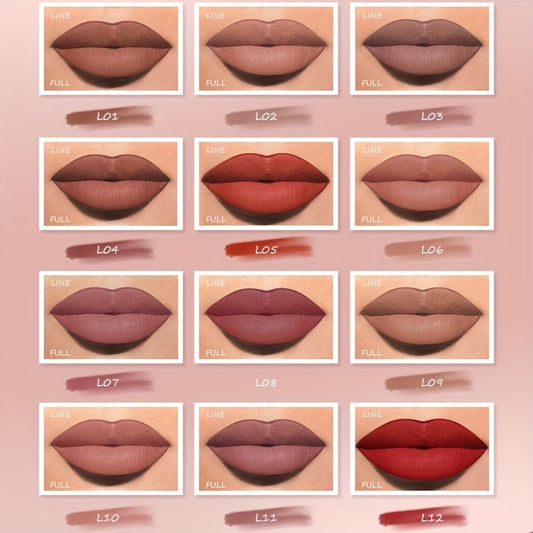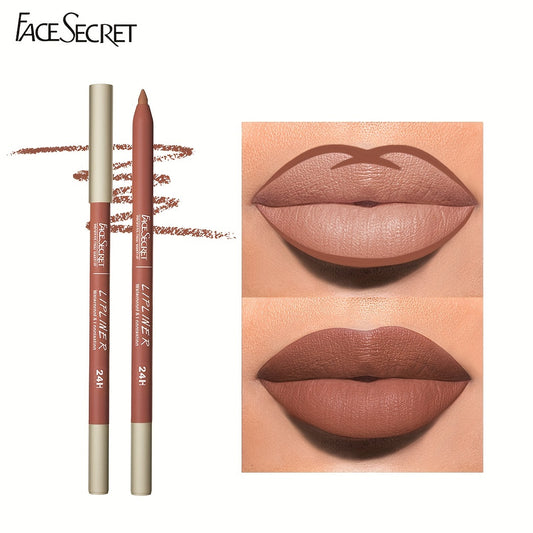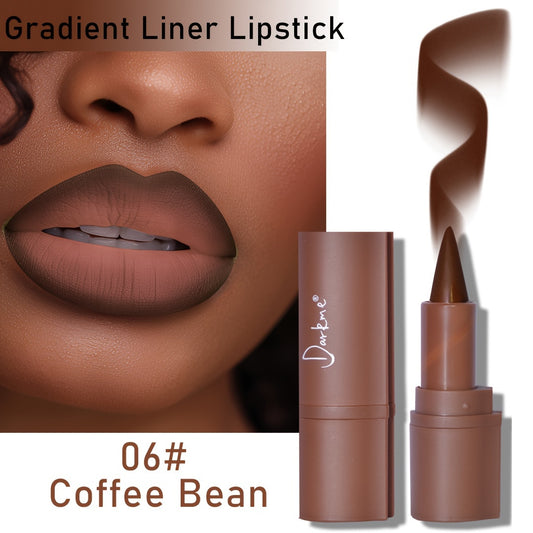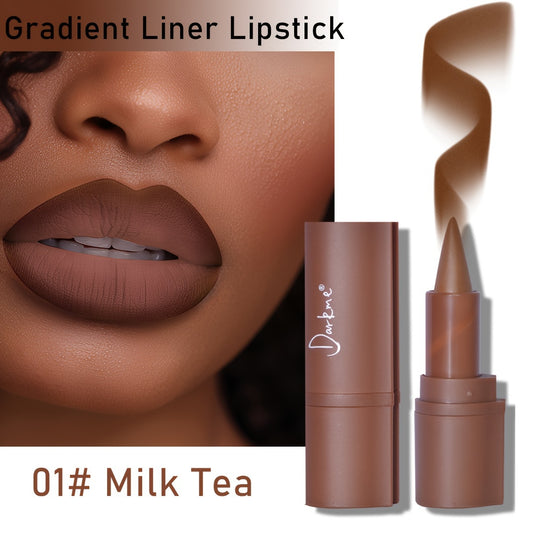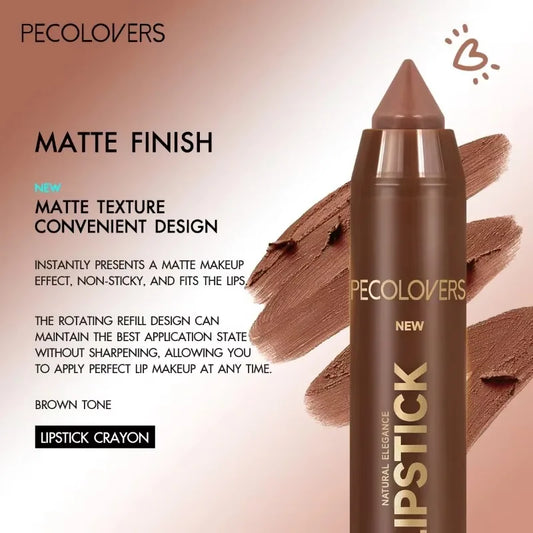Understanding Aquaphor Ingredients: What's Inside the Healing Ointment?
Share
So, you've probably seen Aquaphor Healing Ointment around. It's that stuff people swear by for dry skin, chapped lips, and even little cuts. But what exactly is in it that makes it work so well? It's not just a random cream; there's a specific mix of ingredients designed to help your skin. Let's break down what makes Aquaphor tick and why it's a go-to for so many.
Key Takeaways
- Aquaphor's main ingredient is petrolatum, which is great at keeping moisture in.
- Other key ingredients like mineral oil, lanolin alcohol, panthenol, glycerin, and bisabolol work together to moisturize and soothe skin.
- It creates a protective barrier on the skin, helping it heal and stay hydrated.
- Aquaphor is formulated without fragrances or preservatives, making it suitable for sensitive skin.
- While similar to Vaseline, Aquaphor has added ingredients that can make it a better moisturizer for some.
Understanding Aquaphor's Core Ingredients

Aquaphor Healing Ointment isn't your average lotion. It's formulated to do more than just moisturize; it's designed to help your skin heal and stay protected. Let's break down the main players that make this ointment so effective.
Petrolatum is the star of the show in Aquaphor, making up about 41% of the formula. You might know it better as petroleum jelly. Its main job is to act as a skin protectant. It forms a barrier on the skin's surface, which is super important for keeping moisture locked in and preventing dryness. Think of it like a temporary shield that keeps irritants out and your skin's natural moisture in. This barrier is key to helping dry, cracked, or even slightly injured skin recover.
Mineral oil is another ingredient that contributes to Aquaphor's moisturizing power. It's a byproduct of petroleum, just like petrolatum, but it has a lighter feel. As an emollient, it helps to soften and smooth the skin. It works alongside petrolatum to create that protective layer, further reducing water loss from the skin. It’s not as heavy-duty as petrolatum, but it definitely plays a supporting role in keeping your skin feeling supple.
Ceresin is a type of mineral wax. Its primary function in Aquaphor is to help thicken the ointment and give it a more stable texture. Without ingredients like ceresin, the ointment might be too runny or separate over time. It helps hold everything together, ensuring that the product maintains its consistency and is easy to apply smoothly. It contributes to that familiar, slightly waxy feel of the ointment.
Key Ingredients for Skin Nourishment

Aquaphor isn't just about creating a barrier; it's also packed with ingredients that actively help your skin feel better and look healthier. Think of these as the supporting cast that makes the main ingredients shine. They work together to keep your skin hydrated and happy.
Panthenol's Contribution to Skin Health
Panthenol, also known as pro-vitamin B5, is a real multitasker for your skin. It's a humectant, which means it draws water into the skin and helps it stay there. This is super important for keeping your skin plump and hydrated. Plus, there's research suggesting panthenol can help your skin make more of its own natural oils, the ones that keep your skin barrier strong and healthy. It's also got some anti-inflammatory properties, which can help calm down any redness or irritation.
Glycerin: A Powerful Humectant
Glycerin is another ingredient that's really good at pulling moisture into the skin. It's a common ingredient in skincare, and for good reason. It helps keep the natural oils in your skin in a good state, which is key for protecting against irritation and helping your skin's barrier function. It's effective even in small amounts, but using it in higher concentrations can be really helpful for very dry skin.
Bisabolol: Soothing and Anti-Irritant Properties
Bisabolol is a component found in chamomile, and it's known for its ability to soothe the skin. It's a clear, oily liquid that works as a nice anti-inflammatory and calming ingredient. If your skin is feeling a bit rough or irritated, bisabolol can help bring some comfort.
These ingredients work together to not only protect your skin but also to actively improve its condition, making it feel softer and look healthier over time.
Lanolin Alcohol: A Beneficial Component

Lanolin Alcohol's Moisturizing Capabilities
Lanolin alcohol is a really interesting ingredient found in Aquaphor. It's derived from lanolin, which comes from sheep's wool. Now, don't let that put you off; it's processed quite a bit! What's neat about lanolin alcohol is its ability to act as an emollient. This means it helps to soften and smooth the skin. It's particularly good at preventing water loss from your skin, which is super important for keeping it hydrated and healthy. Think of it like a little shield that locks in moisture. This makes it a great addition for anyone dealing with dry or rough patches.
Considerations for Lanolin Sensitivity
While lanolin alcohol is generally well-tolerated, it's worth mentioning that some people can be sensitive or allergic to lanolin. This sensitivity is usually due to the lanolin itself, not necessarily the alcohol form, but it's something to be aware of. If you've had a reaction to wool products or other lanolin-containing items before, you might want to do a patch test first. A reaction could look like redness, itching, or small bumps. If you know you have a lanolin allergy, products that are purely petrolatum-based, like Vaseline, might be a safer bet for you. It's always a good idea to listen to your skin and know your own sensitivities. For those not affected, it's a great ingredient for keeping skin supple, much like some lip care products aim to do, such as Peachy Bliss Lip Care.
The Protective Barrier Function
Aquaphor Healing Ointment really shines when it comes to creating a protective shield for your skin. It’s not just about adding moisture; it’s about keeping the moisture you already have locked in and creating a good spot for your skin to do its thing and heal.
How Aquaphor Ingredients Seal in Moisture
The main players here are petrolatum and mineral oil. Think of them as forming a sort of temporary, invisible glove over your skin. This barrier stops water from evaporating out of your skin, which is a big deal when your skin is dry or damaged. It’s like putting a lid on a pot of water to keep it from boiling away. This helps your skin stay hydrated and feel more comfortable.
Creating an Ideal Healing Environment
Beyond just stopping water loss, Aquaphor’s formula is designed to let your skin breathe a little while still being protected. It creates a semi-occlusive barrier. This means it’s not completely sealed off; oxygen can still get in, and excess fluid can get out. This balance is pretty important for letting your skin repair itself effectively. It’s a gentle way to support the natural healing process without trapping too much moisture or heat, which could cause other problems.
The way Aquaphor works is by forming a physical barrier on the skin's surface. This barrier prevents transepidermal water loss (TEWL), which is the evaporation of water from the skin. By reducing TEWL, the skin remains hydrated, which is a key factor in the healing process for minor cuts, burns, and dry, cracked skin.
Here’s a quick look at how the key ingredients contribute:
- Petrolatum: The primary ingredient, it forms a robust barrier against moisture loss.
- Mineral Oil: Works alongside petrolatum to create a smooth, protective layer.
- Ceresin: Helps to give the ointment its structure and stability, ensuring the barrier stays in place.
- Panthenol & Glycerin: These ingredients work to attract and retain moisture within the skin itself, complementing the barrier function by hydrating from within.
Aquaphor's Gentle Formulation
Aquaphor is designed with a simple approach to skin care, focusing on what your skin truly needs. It's formulated to be kind to your skin, even when it's feeling a bit rough or sensitive. This means you won't find a lot of extra stuff in there that could potentially cause irritation.
Free From Irritating Additives
One of the things that makes Aquaphor a go-to for many people is what it doesn't contain. The ointment is made without fragrances, colorants, alcohol, or preservatives. These are common ingredients in other products that can sometimes lead to skin reactions or dryness for some individuals. By leaving these out, Aquaphor aims to provide a soothing experience without the risk of added irritation. It's like a clean slate for your skin.
Suitability for Sensitive Skin
Because of its pared-down ingredient list and the absence of common irritants, Aquaphor is generally considered suitable for sensitive skin types. People often reach for it when their skin is feeling particularly delicate, perhaps due to dryness, chapping, or minor irritations. It's formulated to be gentle enough for these situations, helping to calm and protect without causing further upset. It's even considered safe for use on babies, which really speaks to its mildness.
Non-Comedogenic Properties Explained
When a product is labeled 'non-comedogenic,' it means it's formulated in a way that's unlikely to clog your pores. Clogged pores can lead to breakouts, like pimples or blackheads. Aquaphor has been tested and found to be non-comedogenic. This is good news if you're concerned about breakouts, especially if you're using it on your face or other areas where you're prone to them. It means you can use it to help heal dry or chapped skin without worrying as much about it causing acne.
The focus is on providing a protective and healing environment for the skin using a minimal number of well-tolerated ingredients. This approach helps to support the skin's natural recovery process without introducing potential irritants.
Comparing Aquaphor to Other Ointments
When you're looking for something to help with dry or irritated skin, you'll probably see a few different options. Aquaphor is a popular one, but how does it stack up against other common ointments, like good old Vaseline? They both seem to do a similar job, right? Well, yes and no. They both create a barrier to keep moisture in, which is great for dry patches or helping minor scrapes heal. But the ingredients are where they really start to differ, and that can make a difference in how they work for you.
Aquaphor Ingredients vs. Vaseline
So, let's break down what's actually in these things. Vaseline is pretty straightforward – it's 100% petrolatum, also known as petroleum jelly. That's it. It's a fantastic occlusive, meaning it forms a strong barrier on your skin to stop water from escaping. Aquaphor, on the other hand, has a more complex mix. It contains about 41% petrolatum, but then it adds other ingredients that do different jobs.
Here's a quick look at the main players:
- Petrolatum: The main ingredient in both, it's a skin protectant that forms a barrier.
- Mineral Oil: Found in Aquaphor, it's another emollient that helps soften skin.
- Ceresin: This wax in Aquaphor helps give it a more stable texture.
- Lanolin Alcohol: Derived from wool, it's known for its moisturizing properties.
- Panthenol (Pro-vitamin B5): This helps with skin hydration and healing.
- Glycerin: A humectant, meaning it draws moisture into the skin.
- Bisabolol: This comes from chamomile and is known for its soothing effects.
Because Aquaphor has ingredients like glycerin and panthenol, it can do a bit more than just create a barrier. Glycerin actually pulls moisture into the skin, while petrolatum just seals in whatever moisture is already there. This can make Aquaphor feel a bit more actively moisturizing for some people.
Dermatologist Recommendations for Aquaphor
It's always good to see what the experts think, and dermatologists often recommend Aquaphor. It's frequently cited as a top choice for dry, cracked skin and even for helping minor wounds heal. Many doctors like it because it's gentle and has a good mix of ingredients that not only protect the skin but also help it feel better and stay hydrated.
While both Aquaphor and Vaseline can be effective for keeping skin moisturized and protected, Aquaphor's added ingredients like glycerin and panthenol give it an edge for skin that needs a bit more active hydration and soothing. It's often recommended for conditions like eczema or for post-procedure care where both protection and gentle nourishment are key.
When it comes to wound care, studies show that a good number of dermatologists recommend both Vaseline and Aquaphor. There isn't a single
When looking at Aquaphor versus other skin treatments, it's clear that Aquaphor offers unique benefits. Many products aim to moisturize, but Aquaphor's special formula helps create a protective barrier that aids healing. If you're curious about how Aquaphor stacks up against other options for keeping your skin healthy, check out our website for more details. You might find that Aquaphor's protective barrier is exactly what you need.
So, What's the Takeaway?
So, we've looked at what actually goes into Aquaphor Healing Ointment. It's pretty straightforward, really. The main ingredient, petrolatum, is what creates that protective barrier to keep moisture in and irritants out. Then you've got things like panthenol and glycerin that help draw moisture to the skin, and bisabolol to calm things down. It's a simple mix, really, designed to help your skin heal and stay comfortable. It’s not some fancy chemical cocktail; it’s a reliable go-to for dry patches, minor scrapes, and just generally keeping your skin happy. It’s good to know what you’re putting on your skin, and with Aquaphor, it’s a pretty clear picture.
Frequently Asked Questions
What makes Aquaphor different from regular lotion?
Aquaphor isn't like a typical lotion. It's designed to help your skin heal and hold onto moisture. Think of it as a special helper for dry, cracked, or even slightly injured skin, giving it a boost to look and feel healthier.
What are the main ingredients in Aquaphor and what do they do?
The main ingredient is petrolatum, which is like a shield for your skin, keeping moisture in. It also has mineral oil to soften skin, ceresin to give it the right texture, lanolin alcohol for moisture, panthenol (a form of Vitamin B5) to help skin heal, glycerin to draw in moisture, and bisabolol from chamomile to calm irritation.
Can Aquaphor help with minor wounds or burns?
Yes, Aquaphor is great for minor cuts, scrapes, and superficial burns. It creates a protective layer that helps your skin heal by keeping moisture in and protecting it from dirt, while still letting the skin breathe.
Is Aquaphor safe for sensitive skin, like a baby's?
Absolutely! Aquaphor is made to be gentle and is often recommended for sensitive skin, even for babies. It doesn't have any added fragrances, preservatives, or dyes that can sometimes cause irritation.
How does Aquaphor compare to Vaseline?
Both Aquaphor and Vaseline are great at keeping moisture in by creating a barrier. Vaseline is mostly just petrolatum. Aquaphor has petrolatum too, but it also includes other ingredients like glycerin and panthenol, which can help moisturize and soothe the skin even more. Some people find Aquaphor to be a better moisturizer because of these extra ingredients.
How often should I use Aquaphor?
You can use Aquaphor as often as you need to help soothe and smooth out dry or irritated skin. It's handy to keep with you for on-the-go relief for areas like chapped lips, dry hands, or rough patches on your feet.

